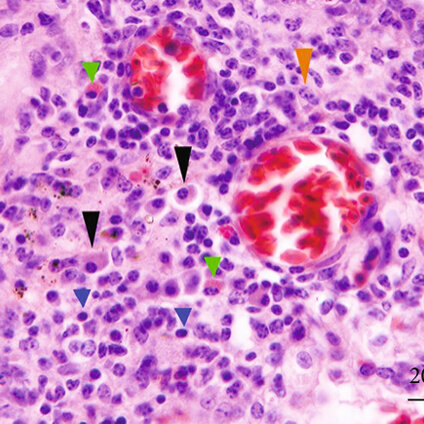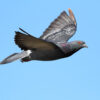
Detecting Mycoplasma columbinasale in Pigeon Respiratory Disease
Respiratory diseases are a significant concern in domestic pigeons, affecting their health, performance, and overall well-being. Among the various pathogens responsible, Mycoplasma columbinasale has emerged as a notable contributor to respiratory ailments in pigeons. Understanding its detection, impact, and management is crucial for pigeon breeders, veterinarians, and enthusiasts.
Understanding Mycoplasma columbinasale
Mycoplasma columbinasale is a species of the Mycoplasma genus, characterized by its lack of a cell wall, making it unique among bacteria. This structural difference renders it resistant to certain antibiotics and complicates its cultivation in laboratory settings. In pigeons, this pathogen primarily targets the respiratory system, leading to inflammation and excessive mucus production. The severity of the infection can vary, with some pigeons exhibiting mild symptoms, while others develop significant respiratory distress .
Transmission and Risk Factors
Transmission of M. columbinasale occurs through direct contact with infected birds, contaminated surfaces, or airborne droplets. Factors that increase the risk of infection include:
-
Overcrowded Living Conditions: High-density lofts facilitate rapid spread among birds.
-
Poor Ventilation: Inadequate airflow can concentrate pathogens in the environment.
-
Stress: Stress from transportation, breeding, or environmental changes can compromise the immune system.
-
Co-infections: The presence of other pathogens can exacerbate the effects of M. columbinasale.
Maintaining optimal living conditions and minimizing stressors are essential preventive measures.
Clinical Signs and Symptoms
Infected pigeons may display a range of respiratory symptoms, including:
-
Nasal Discharge: Clear to mucopurulent discharge from the nostrils.
-
Sneezing and Coughing: Frequent sneezing or coughing fits.
-
Open-Beak Breathing: Difficulty breathing, often with the beak open.
-
Reduced Flight Performance: Lethargy and reluctance to fly.
-
Weight Loss: Gradual loss of body condition due to decreased appetite.
These signs can be subtle initially, making early detection challenging.
Diagnostic Approaches
Accurate diagnosis of M. columbinasale infection involves a combination of clinical assessment and laboratory testing:
1. Clinical Examination
Veterinarians assess the bird’s history, observe clinical signs, and perform a physical examination to identify respiratory distress indicators.
2. Polymerase Chain Reaction (PCR) Testing
PCR is a molecular technique that amplifies specific DNA sequences of pathogens, allowing for precise identification of M. columbinasale. This method is highly sensitive and can detect the presence of the pathogen even in low quantities .
3. Culture and Sensitivity Testing
Although challenging due to the fastidious nature of Mycoplasma species, culturing the organism can provide information on antibiotic susceptibility, guiding effective treatment plans.
4. Histopathological Examination
In cases where birds have succumbed to the disease, tissue samples can be examined microscopically to identify characteristic lesions associated with M. columbinasale infection .
Treatment Strategies
Managing M. columbinasale infections requires a multifaceted approach:
1. Antibiotic Therapy
Given the organism’s lack of a cell wall, antibiotics targeting cell wall synthesis are ineffective. Instead, antibiotics such as doxycycline or tylosin, which inhibit protein synthesis, are commonly used. It’s essential to administer the full course as prescribed to prevent resistance development.
2. Supportive Care
Providing a stress-free environment, ensuring proper nutrition, and maintaining hydration are vital to support the bird’s recovery.
3. Environmental Management
Improving loft ventilation, reducing overcrowding, and maintaining cleanliness can help prevent the spread of infection.
Prevention and Control
Preventing M. columbinasale infections involves:
-
Quarantine: Isolating new or returning birds for a period before introducing them to the main flock.
-
Regular Health Monitoring: Routine health checks and prompt attention to any signs of illness.
-
Vaccination: While specific vaccines for M. columbinasale may not be widely available, staying updated on general avian vaccinations can bolster overall immunity.
-
Biosecurity Measures: Limiting exposure to wild birds and controlling access to the loft can reduce infection risks.
Conclusion
Mycoplasma columbinasale poses a significant threat to the respiratory health of domestic pigeons. Early detection through vigilant observation and advanced diagnostic techniques, combined with targeted treatment and preventive measures, can effectively manage and reduce the impact of this pathogen. By prioritizing respiratory health, pigeon enthusiasts can ensure the well-being and optimal performance of their birds.


